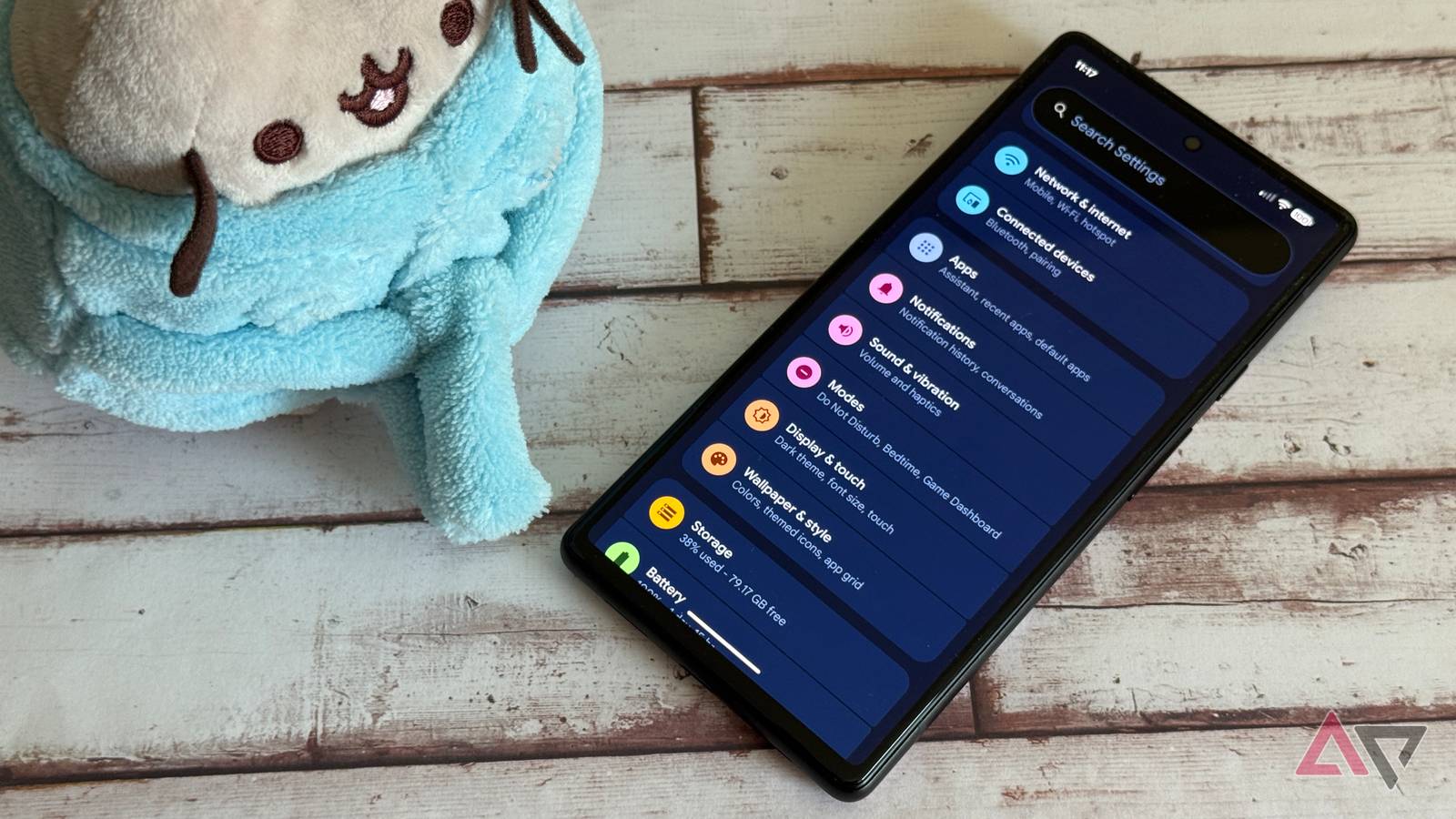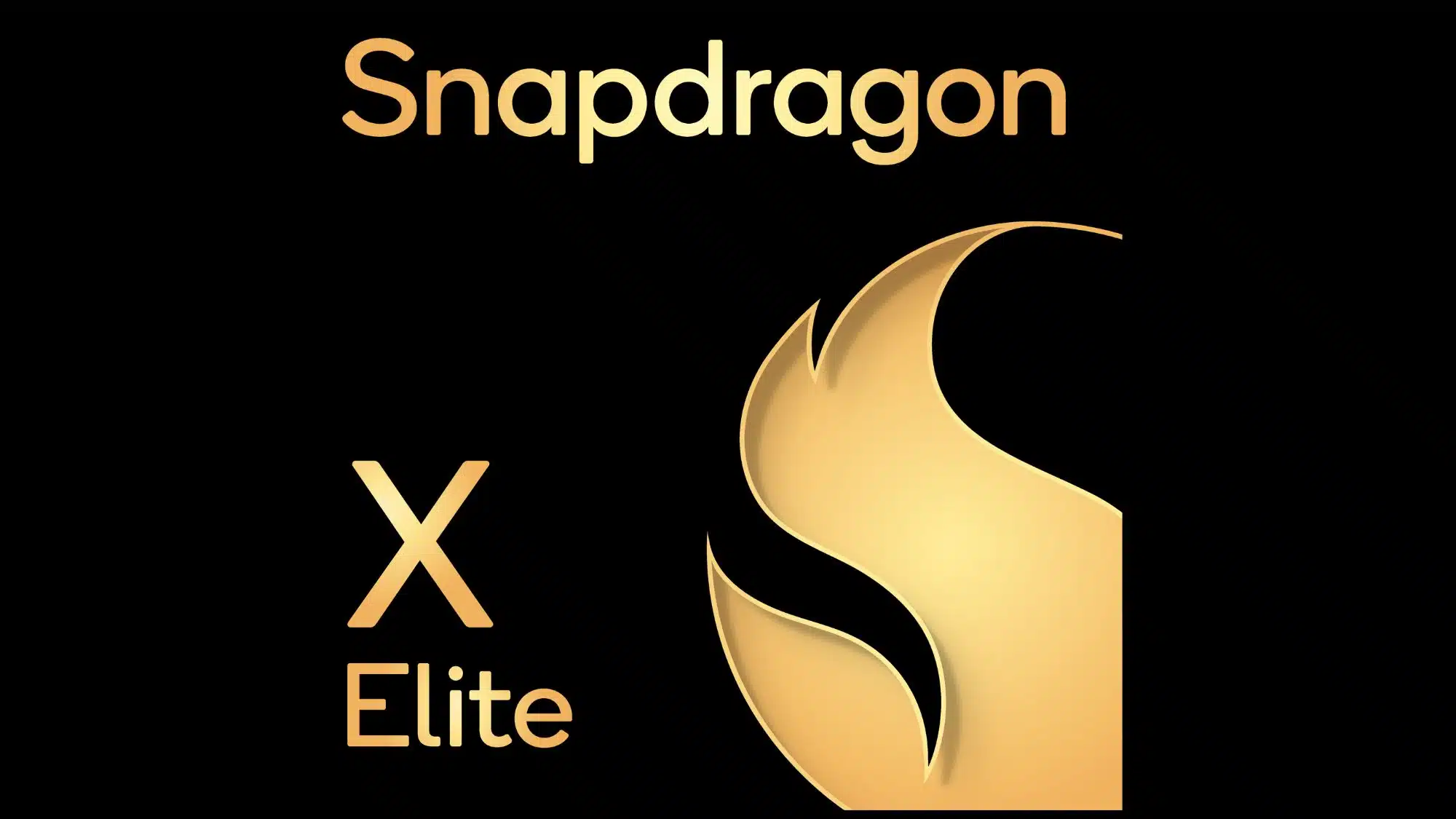The list of best Android phones available in the US and the rest of the world varies wildly.
In the US, your options come down to the latest flagship phones from Samsung and Google.
Outside of the US, you have a plethora of Android phones offering way more innovation, making the options available in the US downright boring and outdated.
Android Flagships in the US Just Aren’t Enough
Not a real flagship product
Putting budget aside, the best Android phones you can buy in the US right now are the Google Pixel 10 Pro XL and the Samsung Galaxy S25 Ultra. If you include foldables, there’s also the Pixel 10 Pro Fold and Galaxy Z Fold 7.
While the OnePlus 13 and Moto Razr are great devices, they’re not exactly Ultra flagships.
On paper, the best phones from Google and Samsung boast impressive specs. You get a powerful processor, up to 16GB of RAM, big batteries of over 5,000mAh, and a flexible rear camera setup, which includes a 5x telephoto lens.
In a bubble, these phones look like the pinnacle of Android. However, when you compare what’s available outside the US, you realize how outdated the best Android phones available in the US are and what consumers are missing out on.
Discover Ultra’s true flagship products
Ultra by nature and name
The Galaxy S25 Ultra is the only Ultra Android flagship available in the United States. However, this pales in comparison to the Ultra phones available in other parts of the world.
The Xiaomi 15 Ultra, Oppo Find X8 Ultra and Vivo X200 Ultra pack significantly better and more powerful camera systems. And the gap is not small enough to be inconsequential.
Both the Oppo and Xiaomi use a 1-inch type main camera sensor, allowing them to capture images with greater detail and light.
No flagship phone from Samsung or Google can take such photos with its zoom lens.
Worse yet, the zoom cameras on these phones are in a league of their own. They can capture sharp, crisp images with impressive clarity, even at zoom levels of 30 to 50x.
It’s not just about the cameras. These phones contain significantly more powerful batteries and can last longer with heavy use.
Plus, they charge wirelessly faster than the wired charging speeds of the S25 Ultra and Pixel 10 Pro. And when you’re in a hurry, their faster loading speeds make a big difference.
Even overseas ‘Pro’ phones outperform US flagships
Pro > Ultra
Unfortunately for Samsung and Google, even the Pro flagships available outside the US are better than their best phones.
The recently launched Oppo Find X9 Pro and Vivo X300 Pro pack better cameras and beefier batteries than the S25 Ultra and Pixel 10 Pro XL.
The Oppo comes with a massive 7,550mAh cell, which is over 50% larger than the Galaxy S25 Ultra’s battery. It dominates in other areas too, with a much superior 200MP telephoto zoom camera and faster loading speeds.
Even last year’s Vivo X200 Pro takes sharper and more detailed photos than the latest flagships from Samsung and Google. That says a lot about how far behind US Android phones are.
The foldables are the only positive point
All thanks to the Galaxy Z Fold 7
Fortunately, foldable devices available in the US fare better than their panel counterparts, although that only changed this year.
Until 2024, the Galaxy Z Fold 6 and Pixel 9 Pro Fold did not really stand out from their rivals Oppo, Vivo and Huawei.
This year, however, Samsung has really stepped up its game with the Galaxy Z Fold 7. It’s one of the sleekest foldable devices on the market, which also packs a larger, more durable screen.
The Pixel 10 Pro Fold won’t impress with its bulky design, but it’s currently the world’s only IP68 foldable. And that’s no small feat of engineering.
The Oppo Find N5 and Vivo X Fold 5 are technically superior in a few key areas. They feature larger batteries that easily last a full day and charge much faster. Additionally, their rear cameras are better than those of the Pixel and Galaxy.
Still, the gap is nowhere as big as what we see between regular flagship smartphones sold in the United States and those available elsewhere.
Software: the last bastion
But for how long?
There’s arguably only one area in which American Android flagships trump their Chinese and European competitors: software updates.
Google and Samsung are the only two Android makers to promise seven years of updates for their recent mid-range and flagship devices. Additionally, Pixels are always the first to receive new operating system updates.
And with the exception of One UI 7, Samsung has upped its software update game, rolling out new OS updates faster than any other Android OEM.
While timely, lengthy software updates are important, they won’t always be enough to give Samsung and Google an edge over their competitors.
Android flagships in the US need to catch up
It may seem like smartphone hardware innovation has stagnated, but that’s not the case, with two of America’s biggest smartphone players simply not in the race.
Compared to Ultra Android flagships available in Asia and even Europe, American Android flagships seem outdated and outclassed.
It appears that Google and Samsung are playing it safe, knowing that – for whatever reason, regulatory or political – Chinese brands will not enter the US market. This complacency is starting to show and ultimately it is consumers who suffer.










